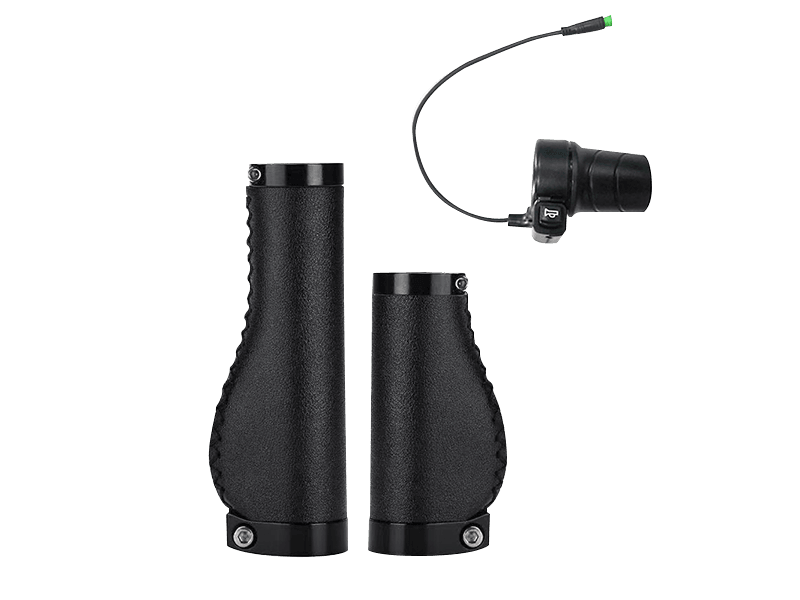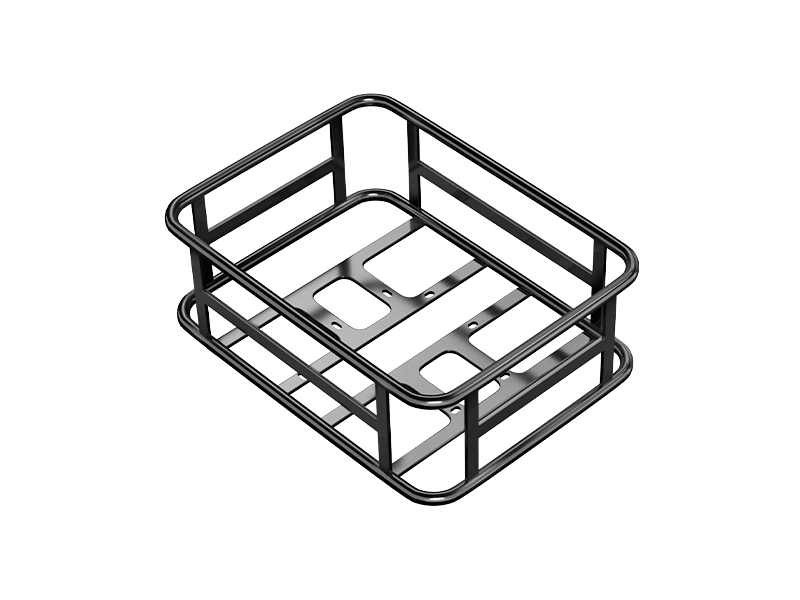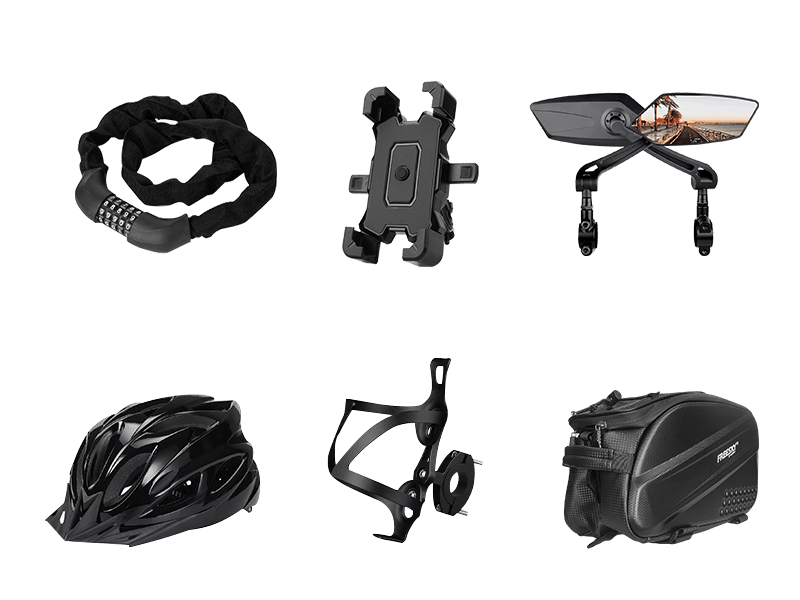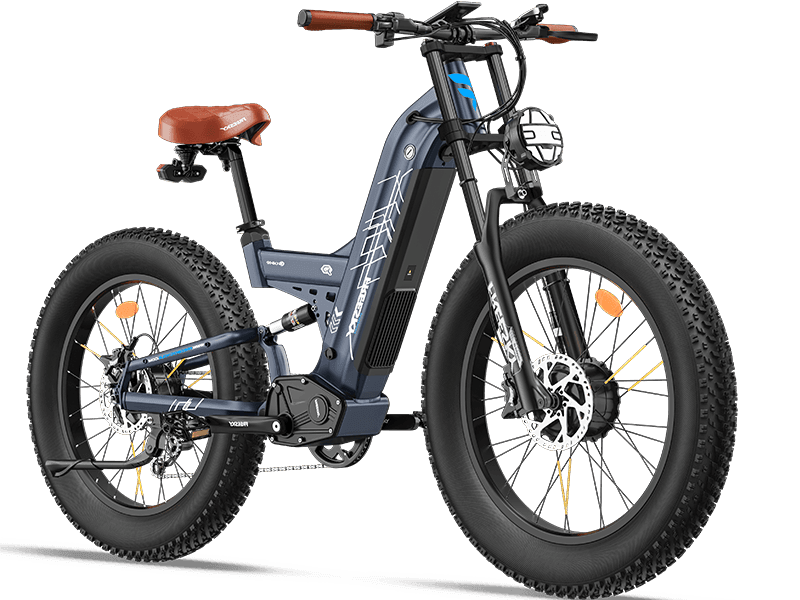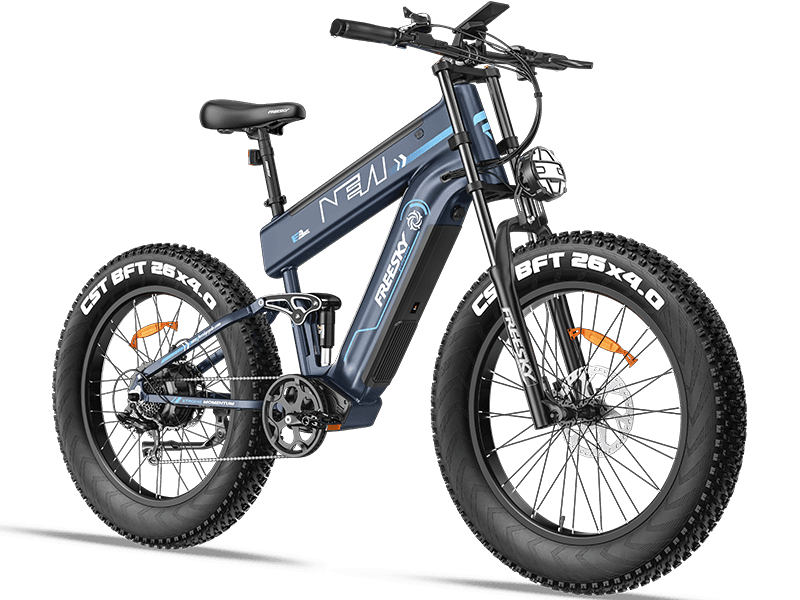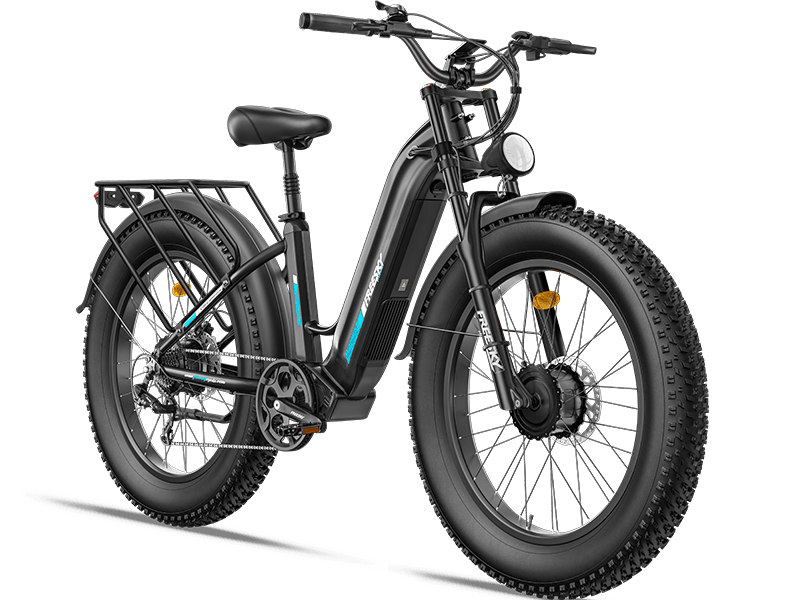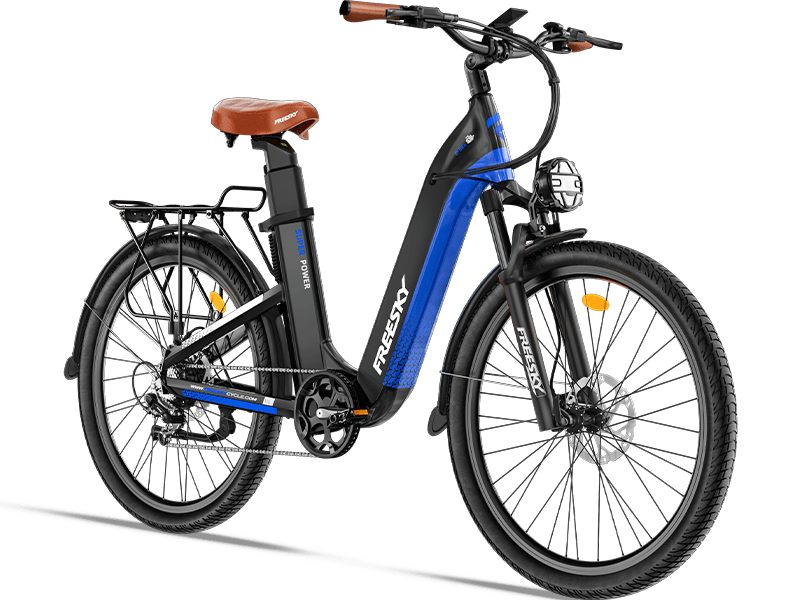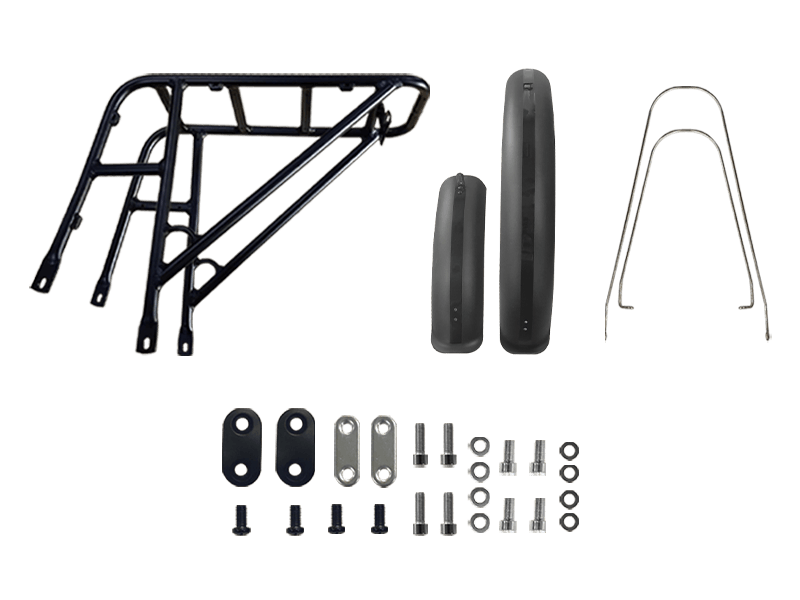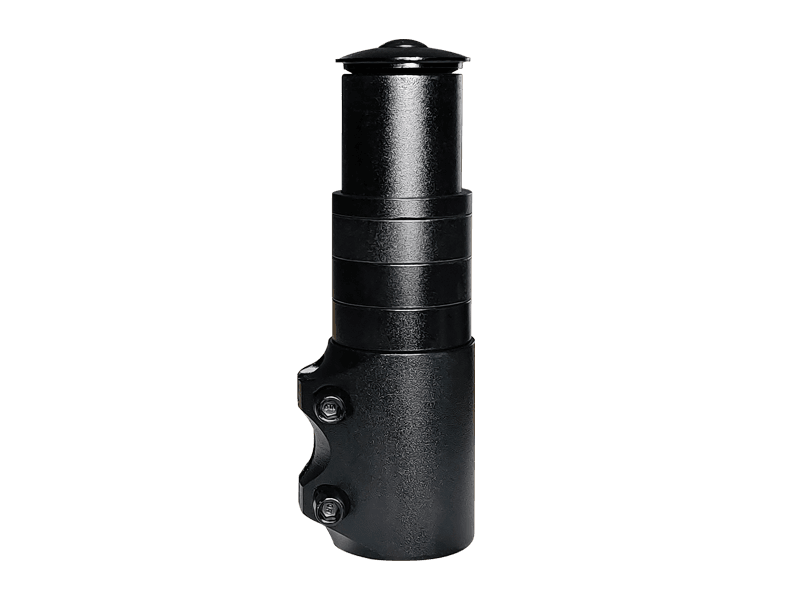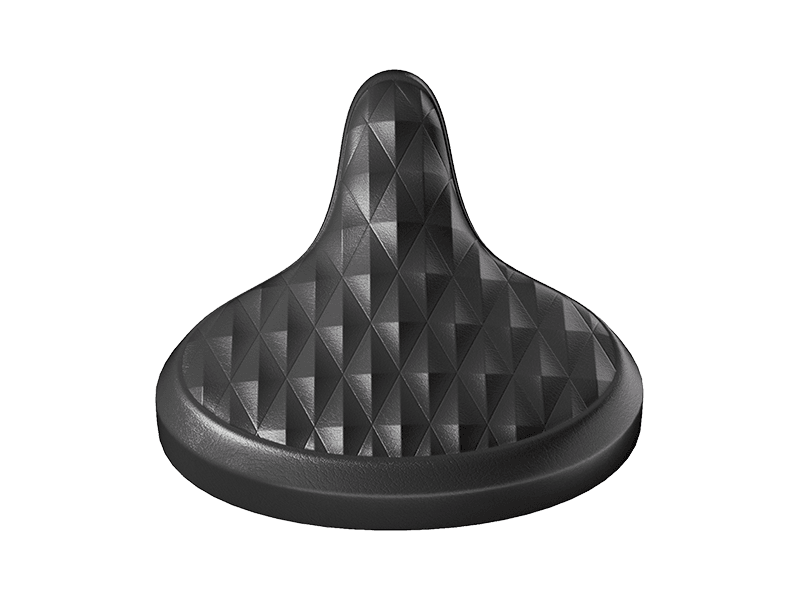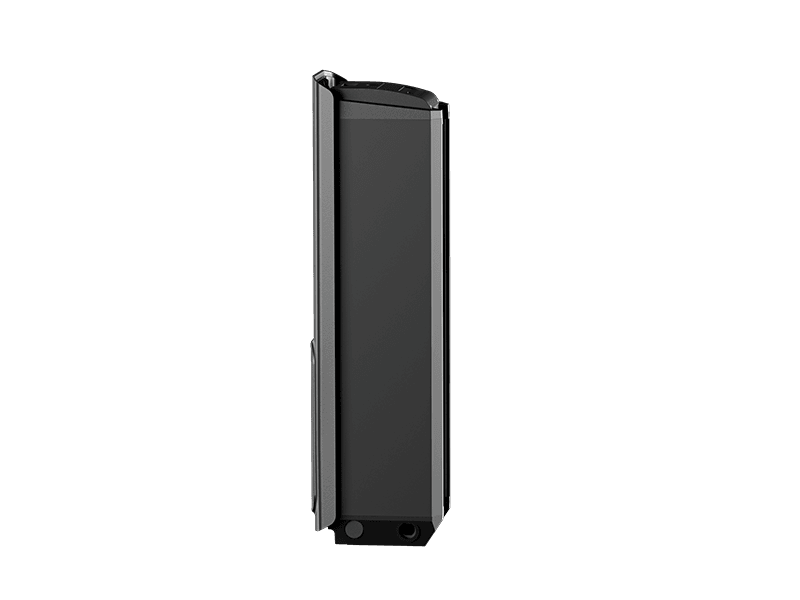How to Maintain Your Ebike Suspension Fork for Peak Performance
AUG 08, 2025
The suspension system on an e-bike absorbs bumps and vibrations from the road, ensuring a smoother and more controlled ride. Different types of shock absorbers provide varying levels of cushioning, which directly affect your riding experience. Proper maintenance of the damping system is essential for comfort, performance, and safety. This guide outlines how to maintain your e-bike’s front suspension fork for optimal performance.
What Is an Ebike Suspension Front Fork?
An e-bike suspension fork improves ride comfort by absorbing shocks and vibrations from uneven terrain. Suspension forks come in several types, including spring, pneumatic (air), and hydraulic, each offering different cushioning characteristics. Besides shock absorption, they enhance stability and control, making it easier to handle rough roads or off-road trails.
Key Components of an E-bike Suspension Fork
-
Steerer Tube: Connects the fork to the bike frame.
-
Stanchions: Two vertical tubes that slide in and out of the fork’s sliders, containing internal components like springs, air chambers, or oil.
-
Sliders: Allow stanchions to move and connect to the front wheel while enabling smooth suspension travel.
Common Issues with E-bike Suspension Forks
Over time, suspension forks may develop issues that require attention for a safe and comfortable ride. Common problems include:
-
Squeaking or Creaking: Indicates friction within moving parts; lubrication is needed.
-
Leaks: Worn seals in pneumatic or hydraulic forks can cause fluid or air leaks and require replacement.
-
Bottoming Out: Forks have limited travel; hitting the limit indicates improper adjustment.
-
Low Air Pressure (for air forks): Reduced air pressure diminishes shock absorption and steering control.
-
Damaged Fork Surface: Scratches or wear on stanchions can compromise seals and lead to leaks.
-
Unusual Noises or Movements: Could indicate internal issues requiring inspection.
How to Maintain Your Ebike Suspension Fork
Regular maintenance ensures smooth operation and prolongs fork life. Follow these steps:
1. Keep It Clean
-
Wipe stanchions with a soft cloth before and after each ride.
-
For thorough cleaning, rinse with water to remove dirt and grime; avoid pressure washers.
-
Pay attention to crevices to prevent debris buildup.
-
Dry around seals and stanchions after cleaning to prevent water damage.
2. Lubricate
-
Use suspension-specific oil for the upper seals.
-
Apply oil and let it sit for ~20 minutes to ensure proper lubrication.
-
Regular lubrication reduces friction and enhances smooth travel.
3. Check Settings
-
Regularly monitor air pressure or oil level, depending on fork type.
-
Adjust damping according to terrain and riding style for optimal performance.
4. Inspect for Damage
-
Check for deep scratches, dents, or impacts on the fork assembly.
-
Severe damage may require professional repair or replacement to prevent leaks and maintain safety.
5. Maintain Proper Tyre Pressure
-
Correct tyre pressure complements the fork’s shock absorption.
-
Helps achieve consistent cushioning and control.
Fork Maintenance Intervals
-
Frequent riders: Inspect forks weekly.
-
Occasional riders: Check every two weeks or after particularly rough or dusty rides.
-
Always clean and inspect forks after riding in dust, mud, or rain.
Conclusion
Proper maintenance of your e-bike suspension fork enhances comfort, control, and safety. Regular cleaning, lubrication, and inspection can prevent common issues and extend the life of your fork. For any visible damage or seal leaks, seek professional repair promptly to ensure safe riding. By prioritizing maintenance, riders can fully enjoy the smooth and controlled experience an e-bike provides.


